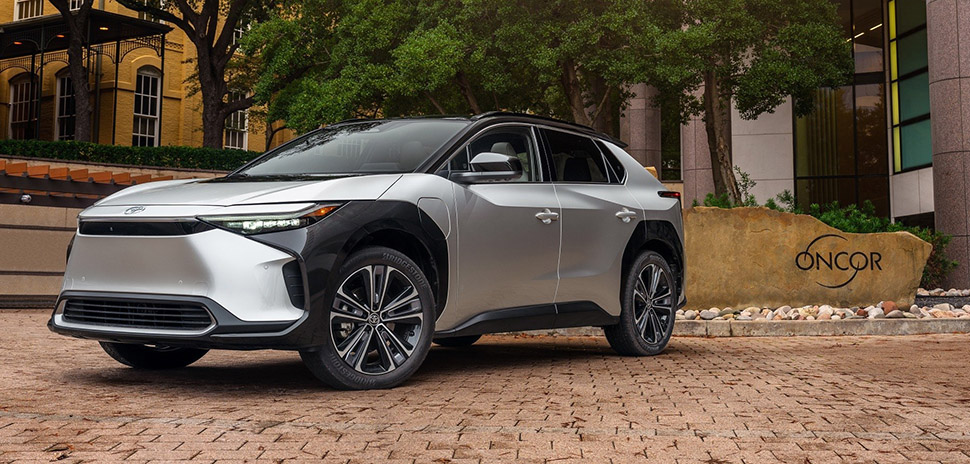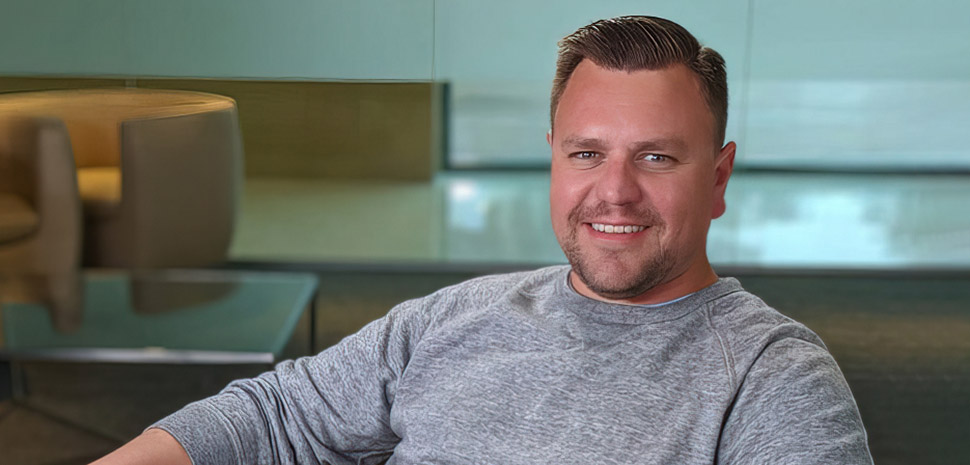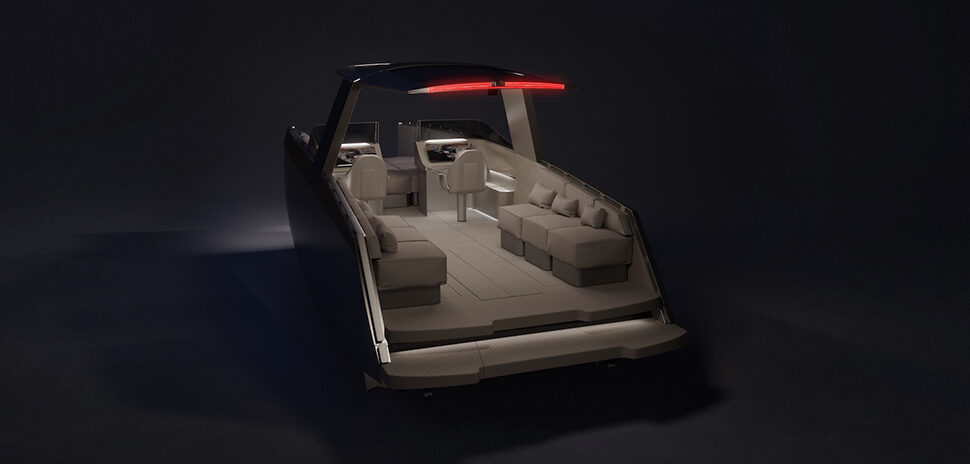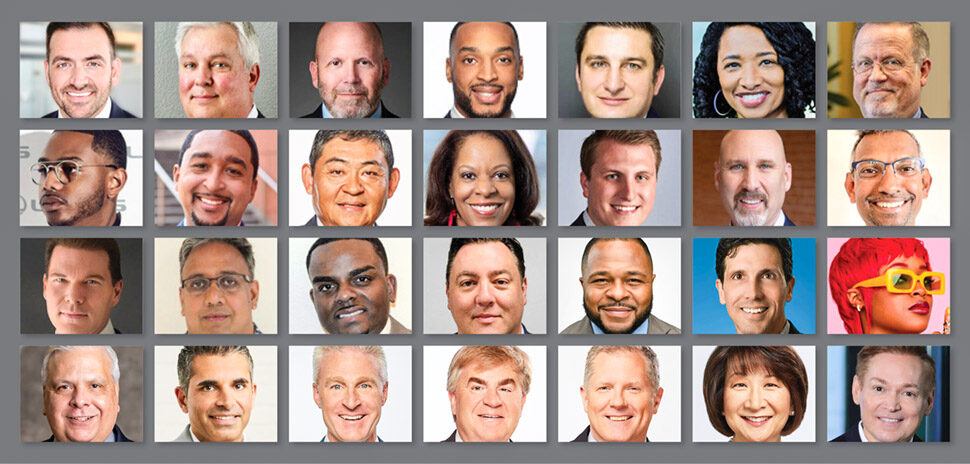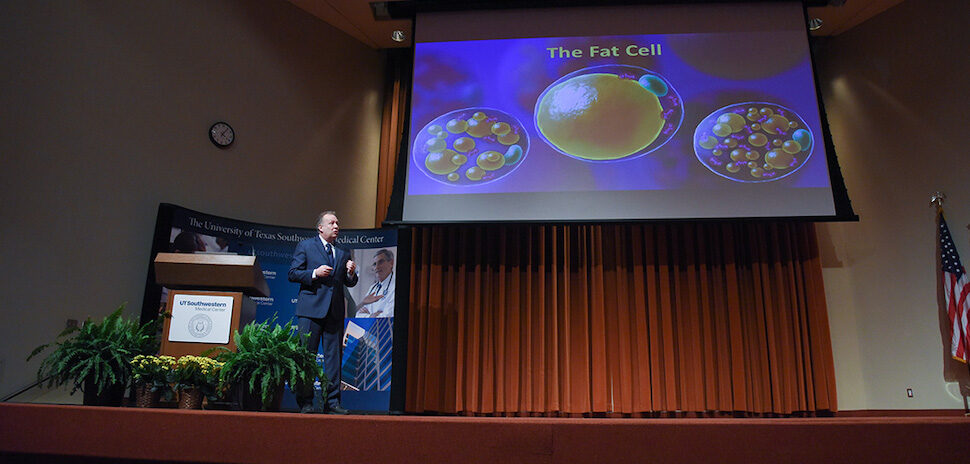Plano-based Toyota Motor North America and Oncor Electric Delivery will collaborate on a pilot project on vehicle-to-grid technology, which allows vehicles to flow energy from their battery packs to the electric grid.
Oncor is a Dallas-based electric transmission and distribution company.
Using electric vehicles to power homes, communities, and the grid
“We envision a future where Toyota BEVs provide a best-in-class mobility experience, but also can be utilized by our customer to power their homes, their communities, or even power back the electric grid in times of need,” Christopher Yang, group VP of the Toyota Electric Vehicle Charging Solutions team, said in a statement. “Our collaboration with Oncor is an important step for us to understand the needs of utilities, as we plan to work closely with them to ensure every community can embrace Toyota’s shift to electrified vehicles.”
The effort will be led by Toyota’s Electric Vehicle Charging Solutions (EVCS) team, marking an important first collaboration with a public utility for Toyota in the U.S. around Battery Electric Vehicles (BEVs).
The results of the research will allow Toyota and Oncor to be better prepared to support the broader EV charging ecosystem in the United States. Further, these efforts will allow Toyota to elevate the customer experience for Toyota BEV customers, accelerate efforts in carbon neutrality and provide advances in business opportunities.
‘Electrification is coming’
“Electrification is coming, and it’s Oncor’s job to build a safer, smarter, more reliable electric grid that can enable the needs of our customers, the state of Texas and the ERCOT market,” Jim Greer, Oncor EVP and COO, said in the statement.
“This project marks the first collaboration of its kind between Oncor and an OEM manufacturer, and we’re excited to work with a world-class technology leader like Toyota to better understand how the electric grid can enable V2G transactions across the Oncor service territory,” Greer added. “We appreciate Toyota’s collaboration in pursuing innovative energy solutions through this endeavor, and we look forward to someday implementing the lessons learned from this pilot project in benefit of the many communities we serve.”
Researching on a testing microgrid in South Dallas
The companies have initially agreed to a research project that will use Oncor’s research and testing microgrid at its System Operating Services Facility in South Dallas. The SOSF microgrid is composed of four interconnected microgrids that can be controlled independently, but also operated in parallel, tandem, or combined into a single, larger system, the companies said.
The microgrid and its subsystems include a “V2G” charger, solar panels, and battery storage for testing and evaluation. The companies intend to use a Battery Electric Vehicle along with the system to better understand the interconnectivity between BEVs and utilities.
Eventually, a second phase of the project slated for 2023 will include a V2G pilot, where testing will be conducted with BEVs connected at homes or businesses within Oncor’s service territory.
The companies said that the collaboration will help provide them with insights into the current and future needs of their customers. Also, Oncor said it will provide the company with insight into the infrastructure needed to enable the rapid growth of electric vehicles and electric vehicle charging infrastructure, meet their needs and support electric vehicles, and better understand the impact of V2G on the electric grid.
Toyota’s first mass-market BEV, the bZ4X, went on sale in the past year in the United States and Canada. The first Lexus BEV, the RZ 450e, should go on sale in early 2023.
![]()
Get on the list.
Dallas Innovates, every day.
Sign up to keep your eye on what’s new and next in Dallas-Fort Worth, every day.










